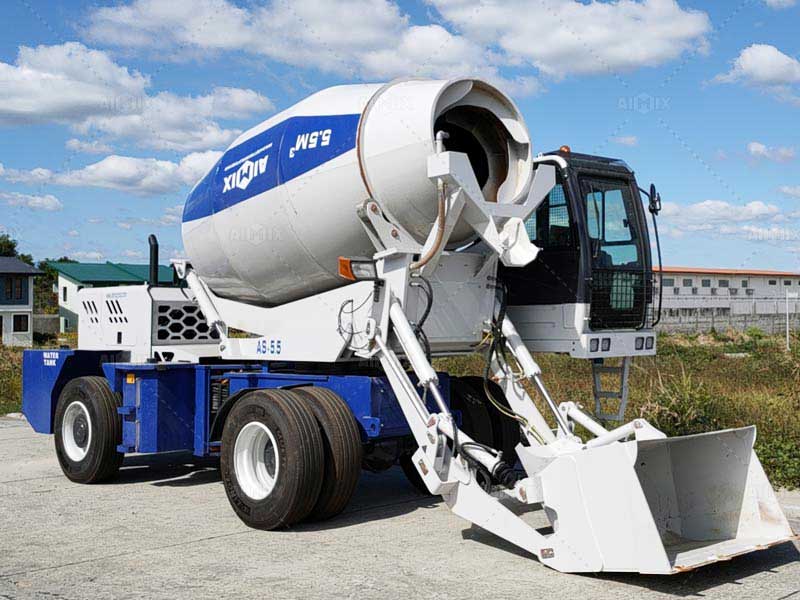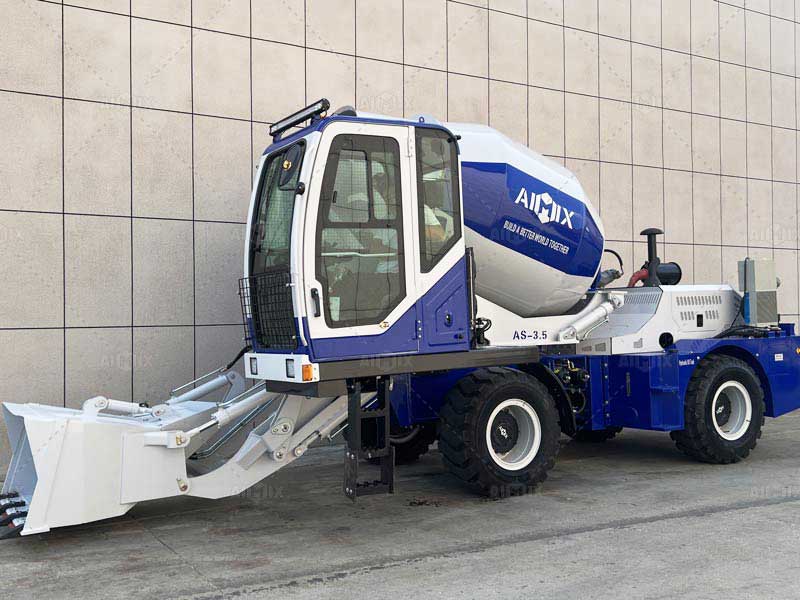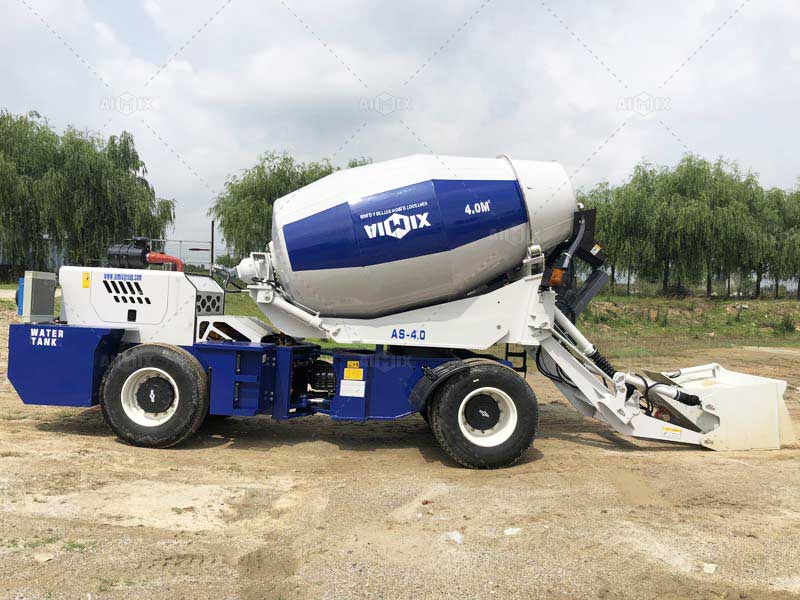The construction industry continuously seeks innovations that boost efficiency, reduce costs, and improve the quality of structures. Self-loading concrete mixers stand out as a remarkable advancement, integrating loading, mixing, and discharging capabilities into a single machine. This article delves into the essential aspects of selecting, operating, and maintaining these versatile units to ensure optimal performance and longevity.

Selecting the Right Self-Loading Concrete Mixer
Capacity Needs
The first step in selecting a self-loading concrete mixer is determining your project’s size and scope. Capacities range from small, maneuverable units ideal for tight spaces to larger models designed for voluminous outputs. Assessing your average concrete volume requirements will guide you to a suitable self loader mixer.
Technical Specifications
Beyond capacity, pay attention to engine power, drum rotation speed, and mixing technology. High-quality mixers offer efficient hydraulic operations and advanced mixing technologies that ensure consistent concrete quality.
Brand and Support
Opt for manufacturers with robust support networks. Reliable after-sales service, availability of spare parts, and accessible technical assistance are critical for minimizing downtime and extending equipment life.
Operating Self-Loading Concrete Mixers
Training and Safety
Proper operation begins with comprehensive training for all personnel. Operators should understand the mixer’s functions, safety features, and best practices to prevent accidents and ensure smooth operation. Emphasizing safety gear and adherence to operational guidelines cannot be overstated.
Efficient Usage
Maximizing the benefits of a self-loading concrete mixer involves understanding its capabilities thoroughly. These include utilizing its self-loading feature to reduce labor needs, optimizing the mix design based on the project requirements, and adjusting the water-cement ratio directly on the concrete self loading mixer for precise consistency.
Job Site Navigation
Given their mobility, self-loading mixers can transport concrete across various terrains. Operators should be skilled in maneuvering the mixer to utilize its onsite movement capability effectively, reducing the need for additional transportation equipment.

Maintenance of Self-Loading Concrete Mixers
Regular Inspections
Routine checks are crucial for identifying wear and tear before they escalate into significant issues. Inspect components such as the mixing drum, blades, hydraulic system, and tires regularly. Following the manufacturer’s maintenance schedule ensures that the mixer operates reliably.
Timely Repairs
Addressing minor repairs promptly can prevent costly downtimes and major breakdowns. Keep an inventory of essential spare parts and establish a relationship with equipment dealers for quick access to replacements.
Cleaning Practices
One of the most overlooked aspects of maintenance is the importance of keeping the mixer clean. Concrete residue can harden and accumulate, impairing the mixer’s functionality. Regular cleaning, especially of the mixing drum and discharge chute, maintains the self loading concrete mixer truck’s efficiency and prolongs its service life.

Self-loading concrete mixers represent a leap forward in construction technology, offering unparalleled convenience and efficiency. However, realizing their full potential requires careful selection based on project needs, proper operation with an emphasis on safety and efficiency, and diligent maintenance. By adhering to these principles, construction professionals can leverage self-loading concrete mixers to accelerate project timelines, reduce labor costs, and achieve higher-quality results, marking a significant step towards the future of construction.